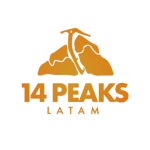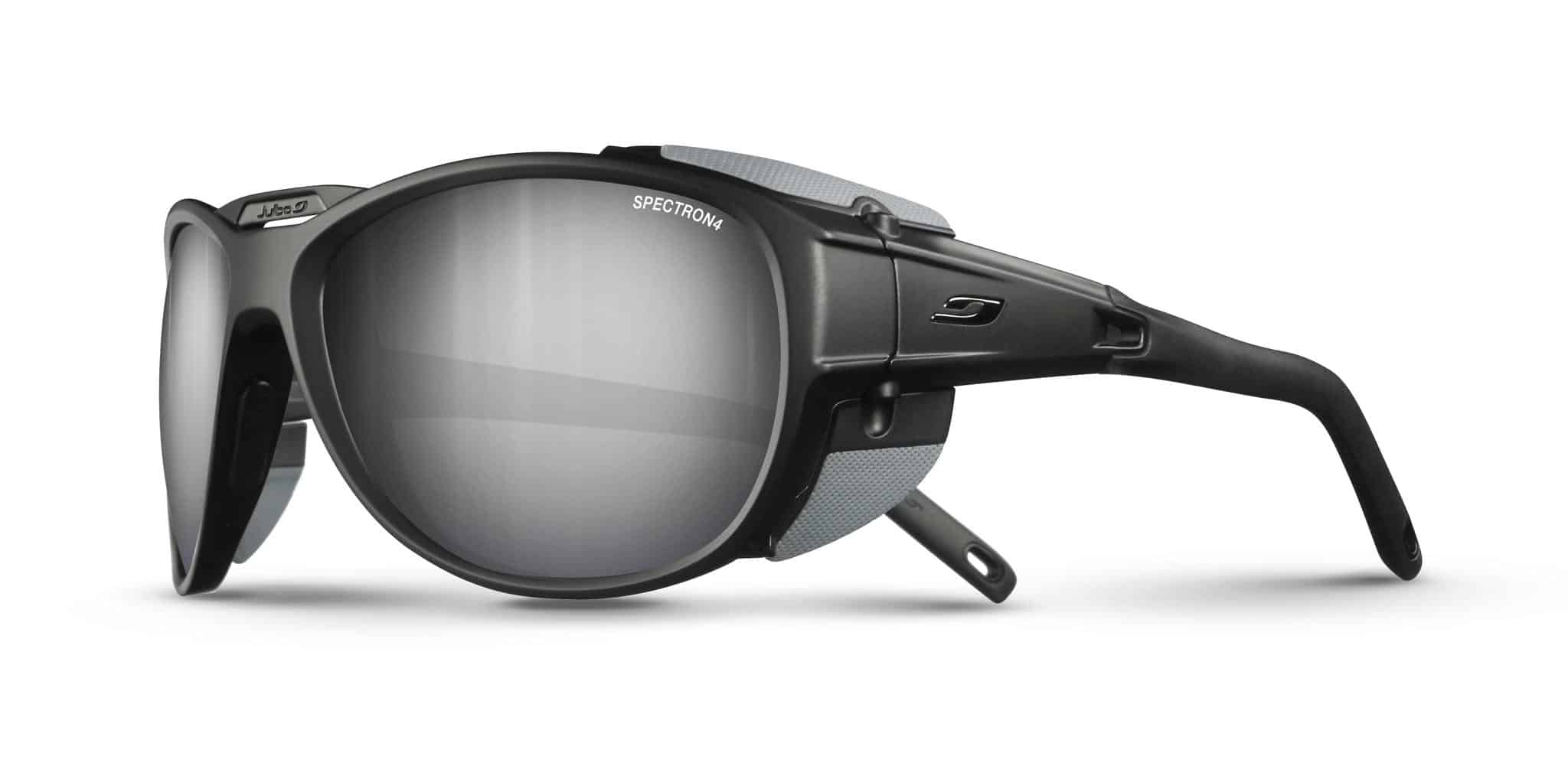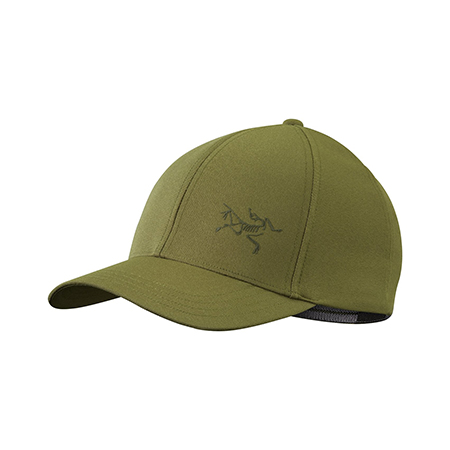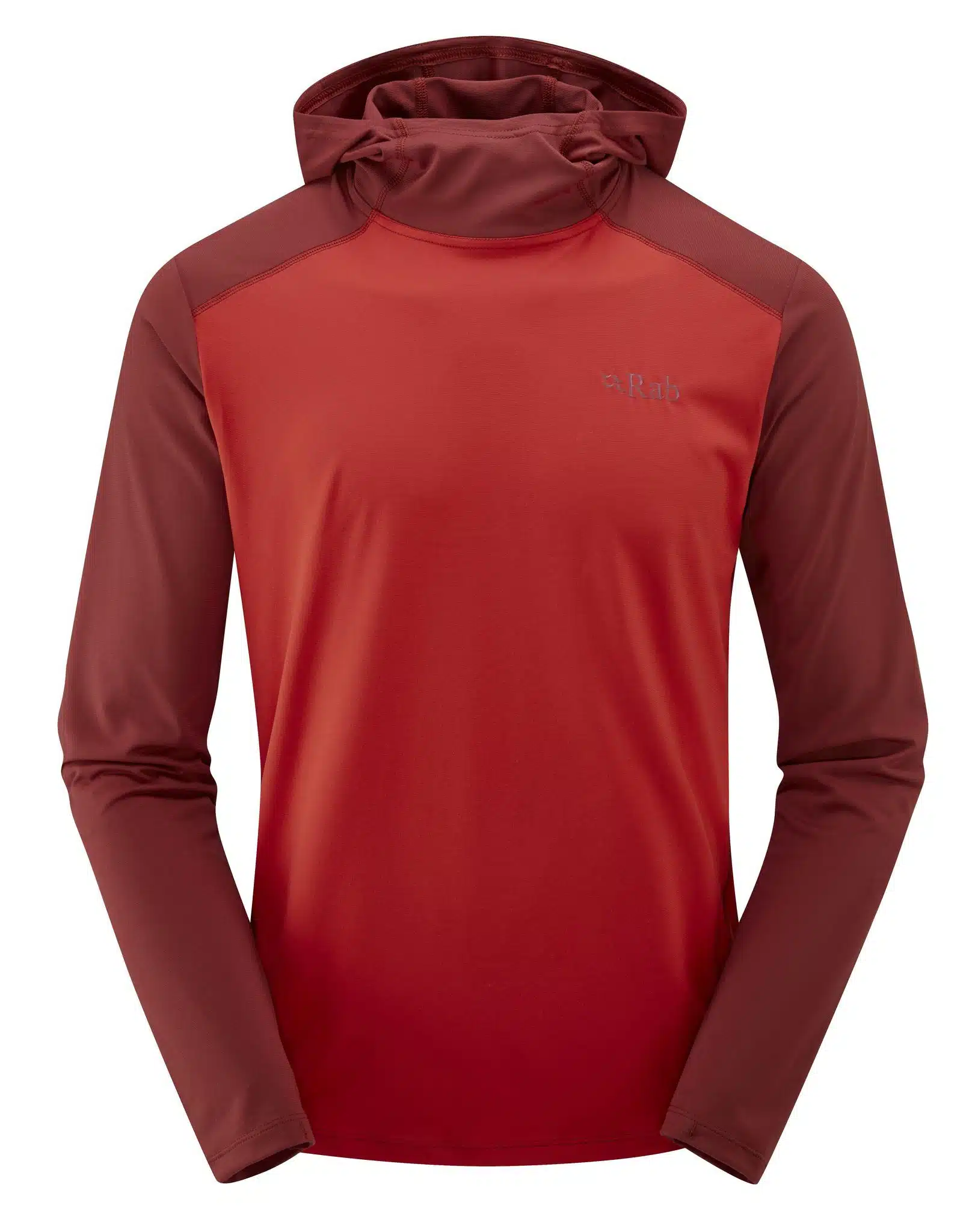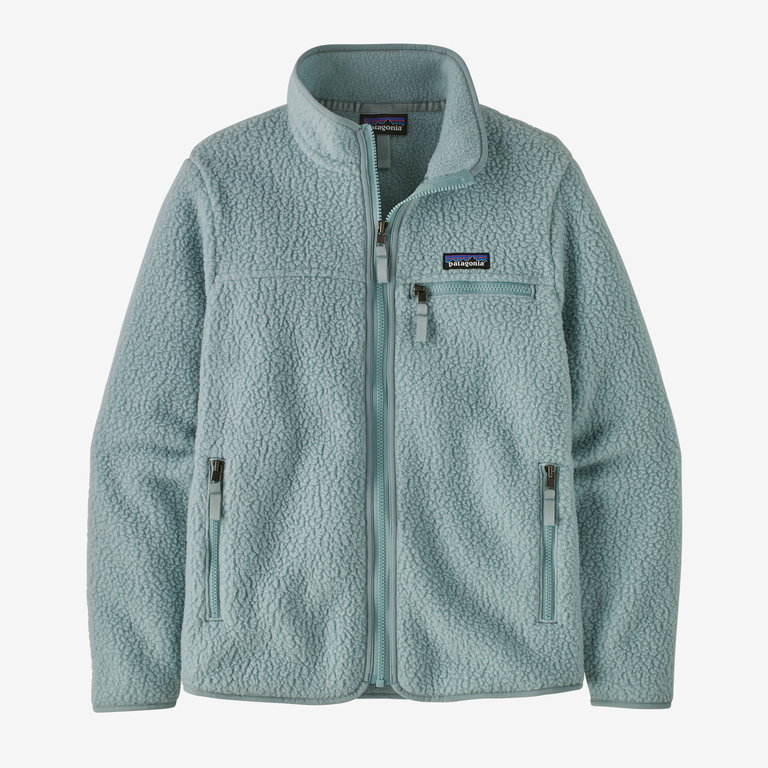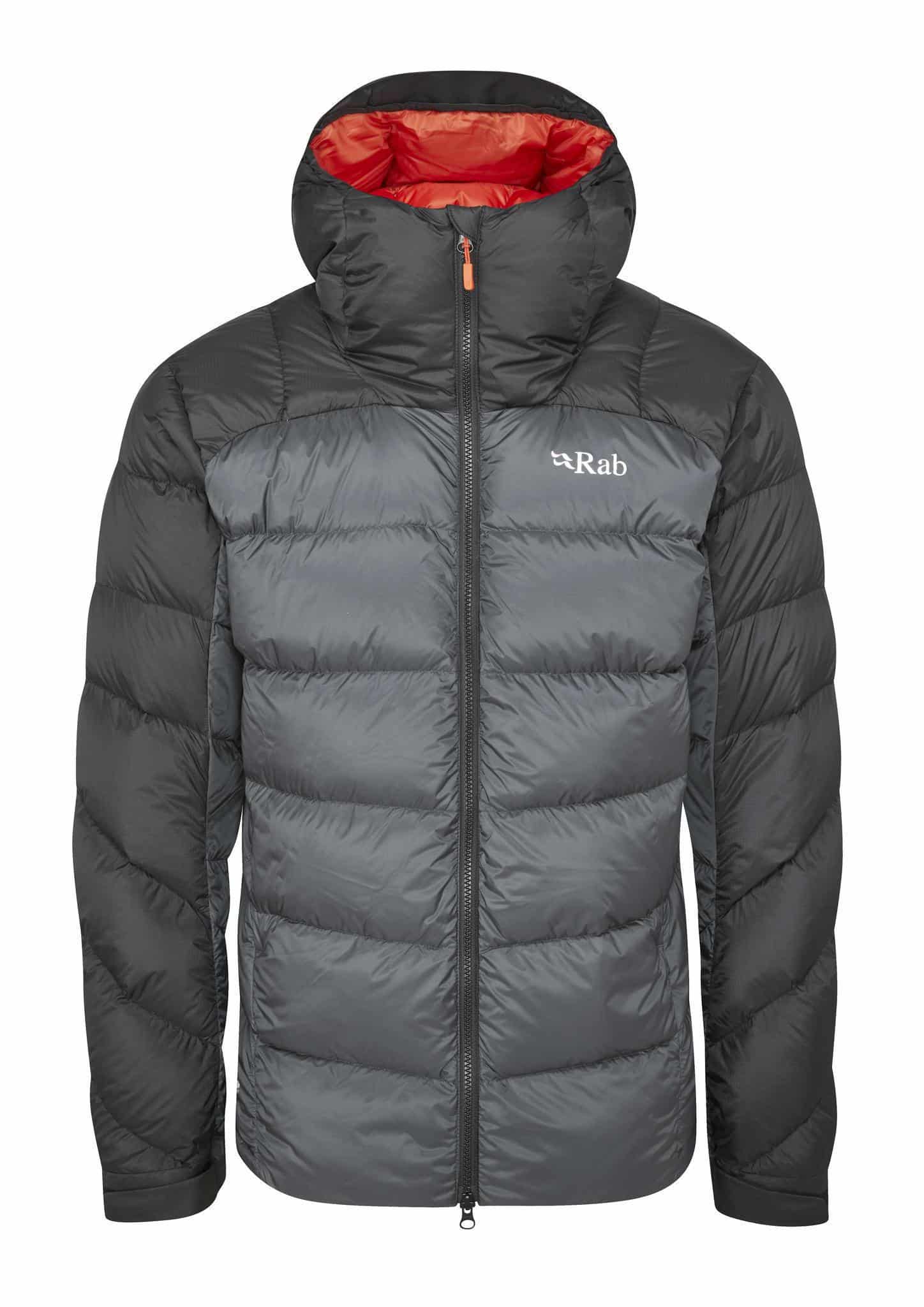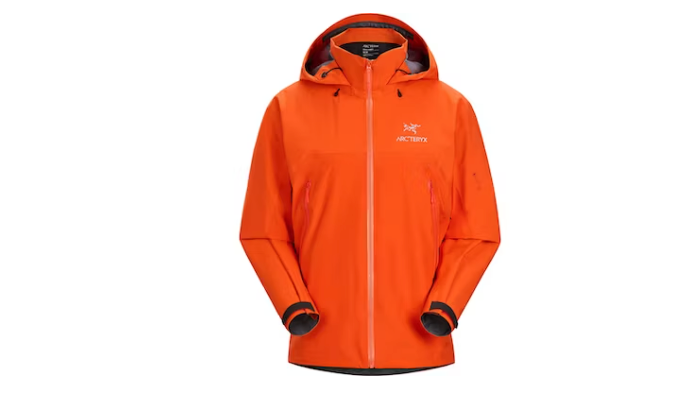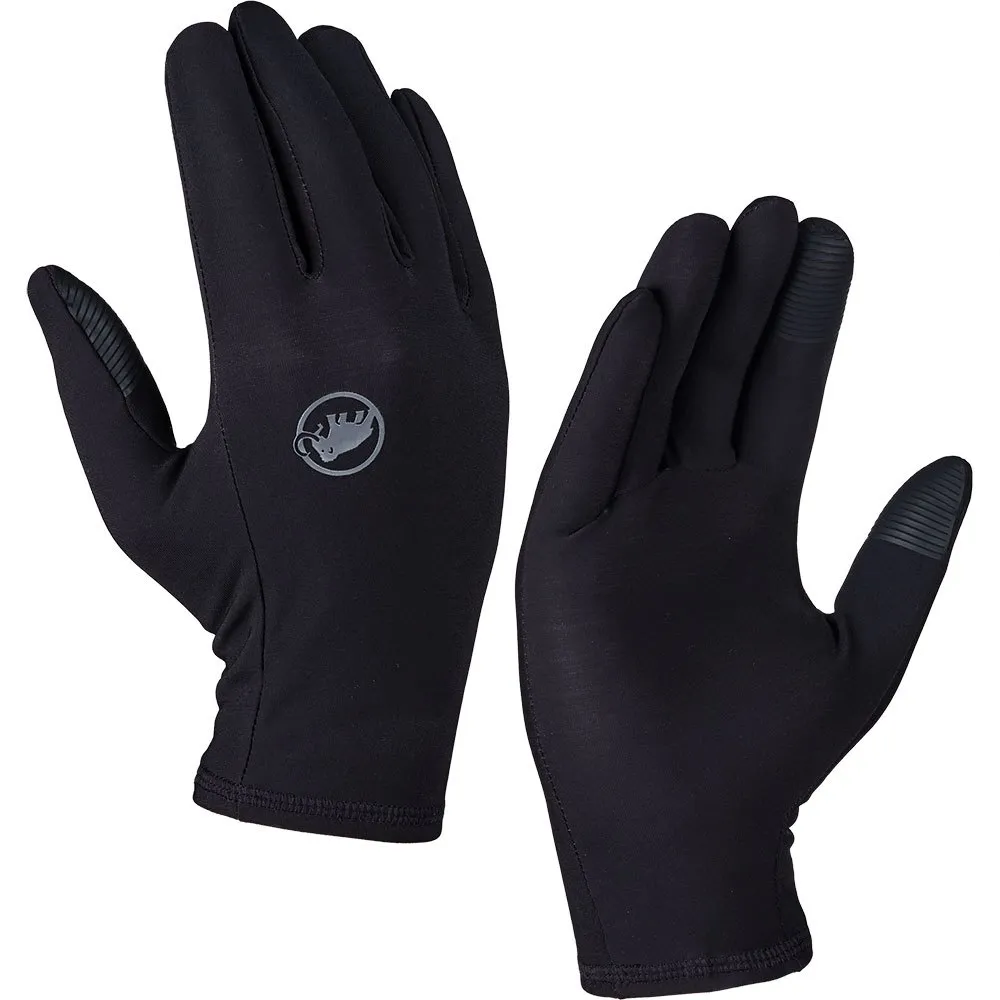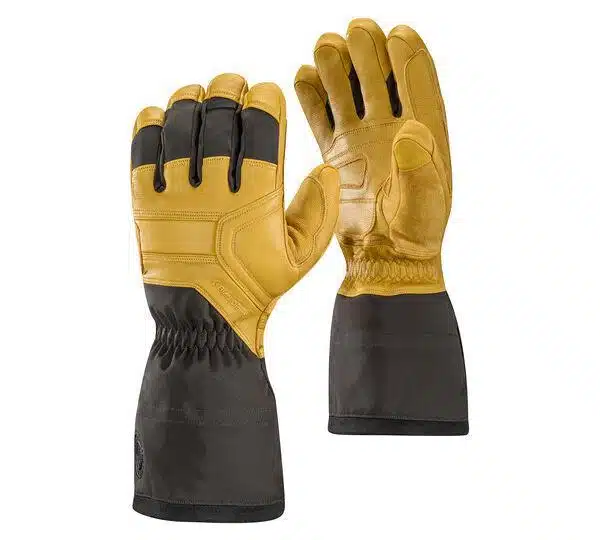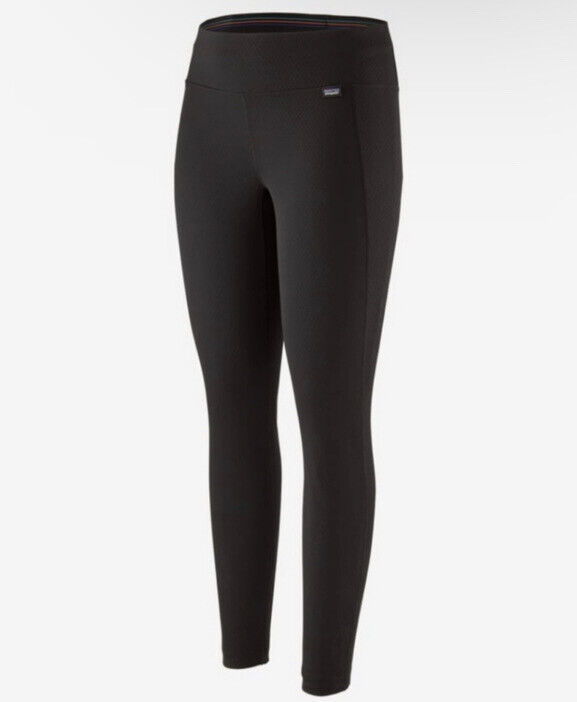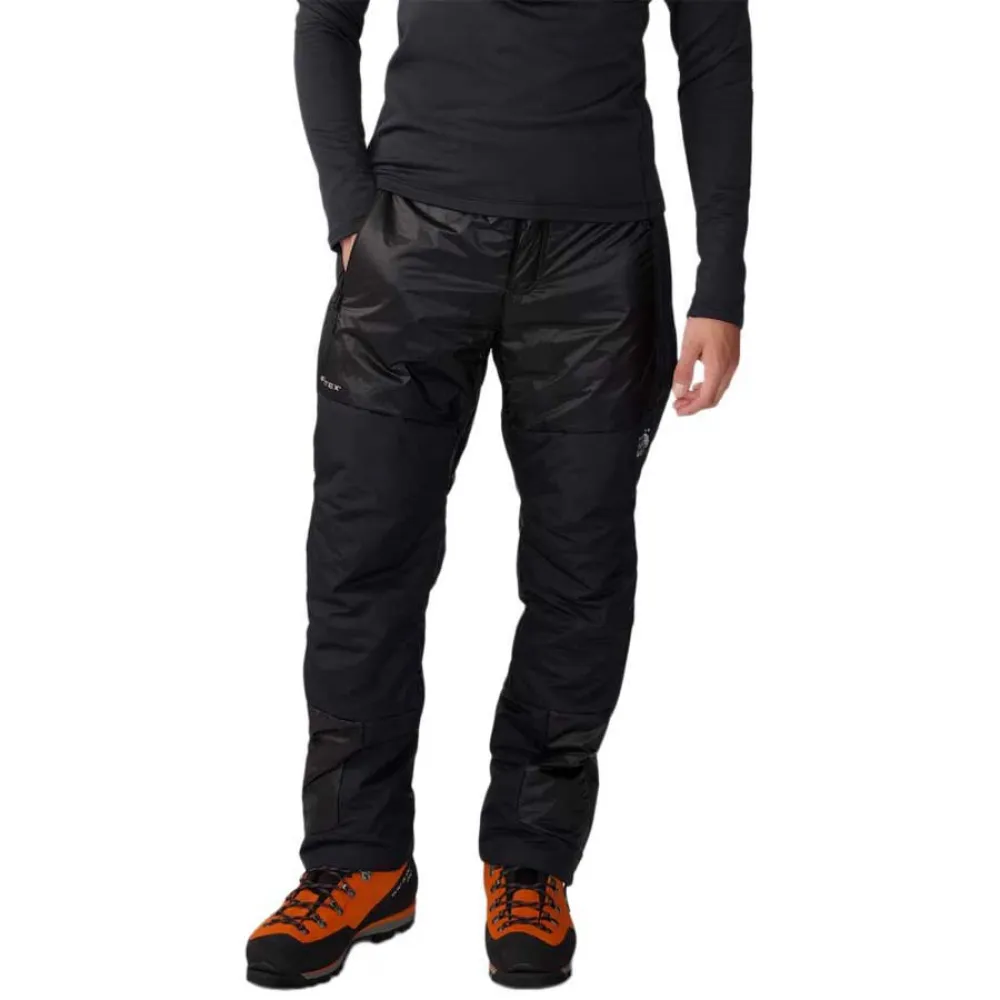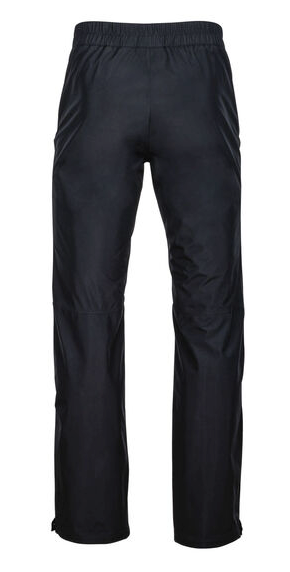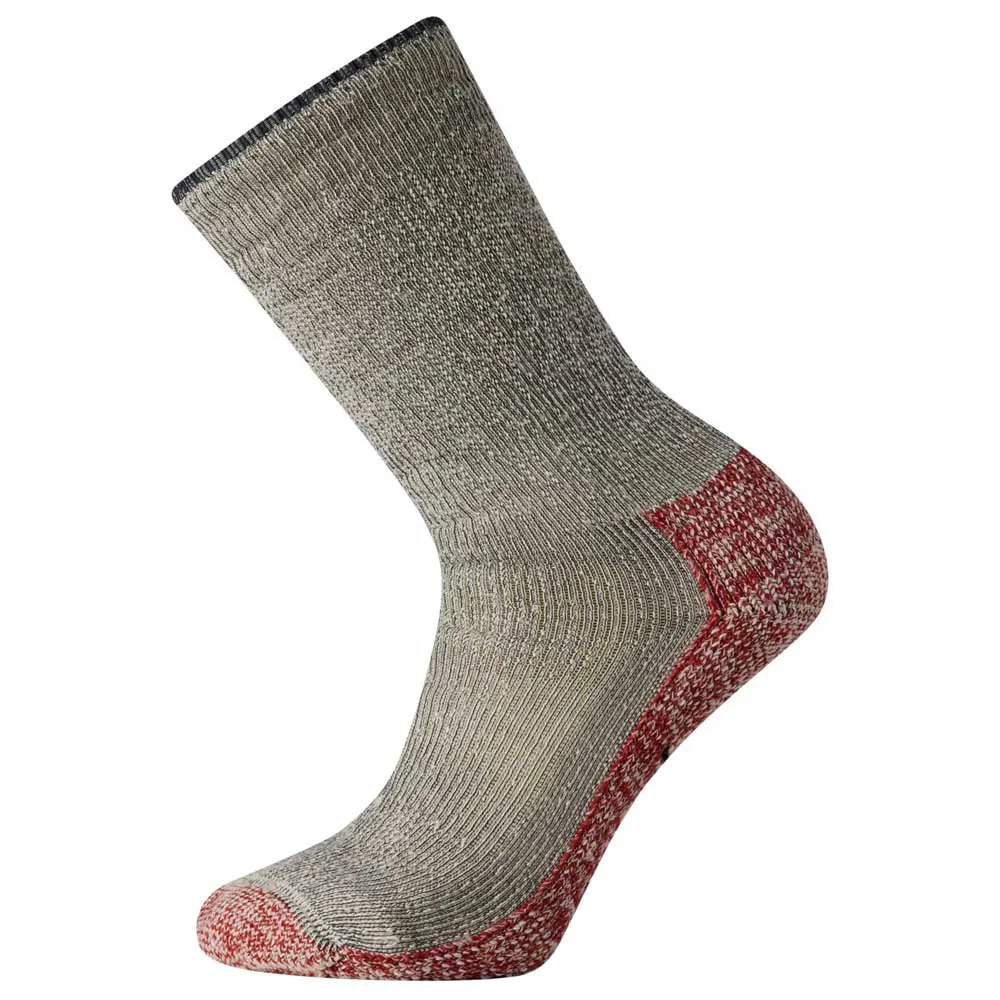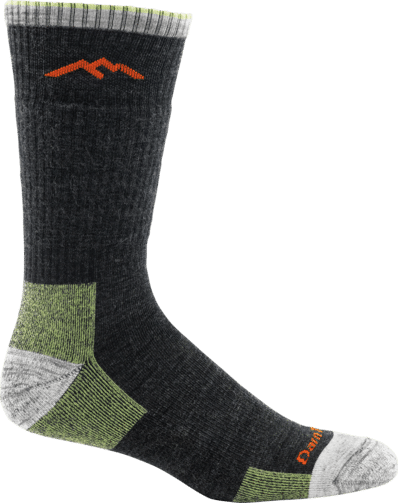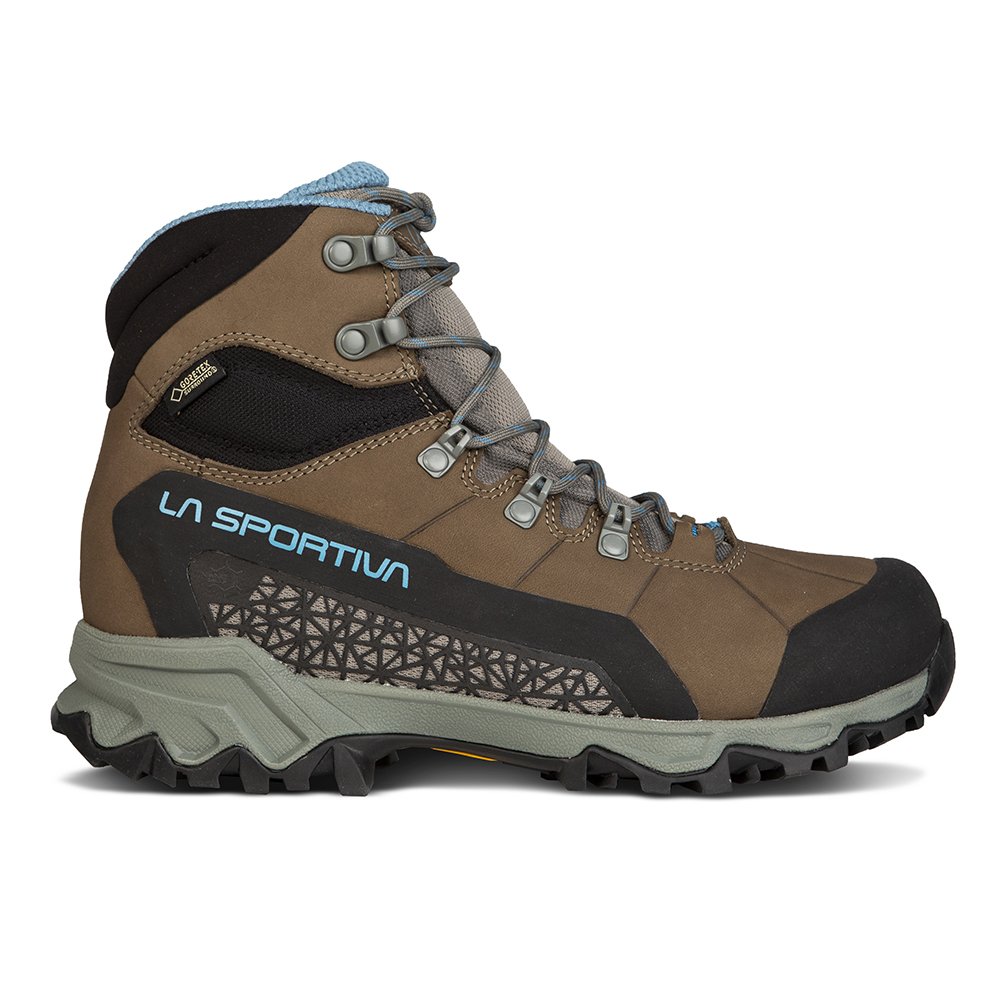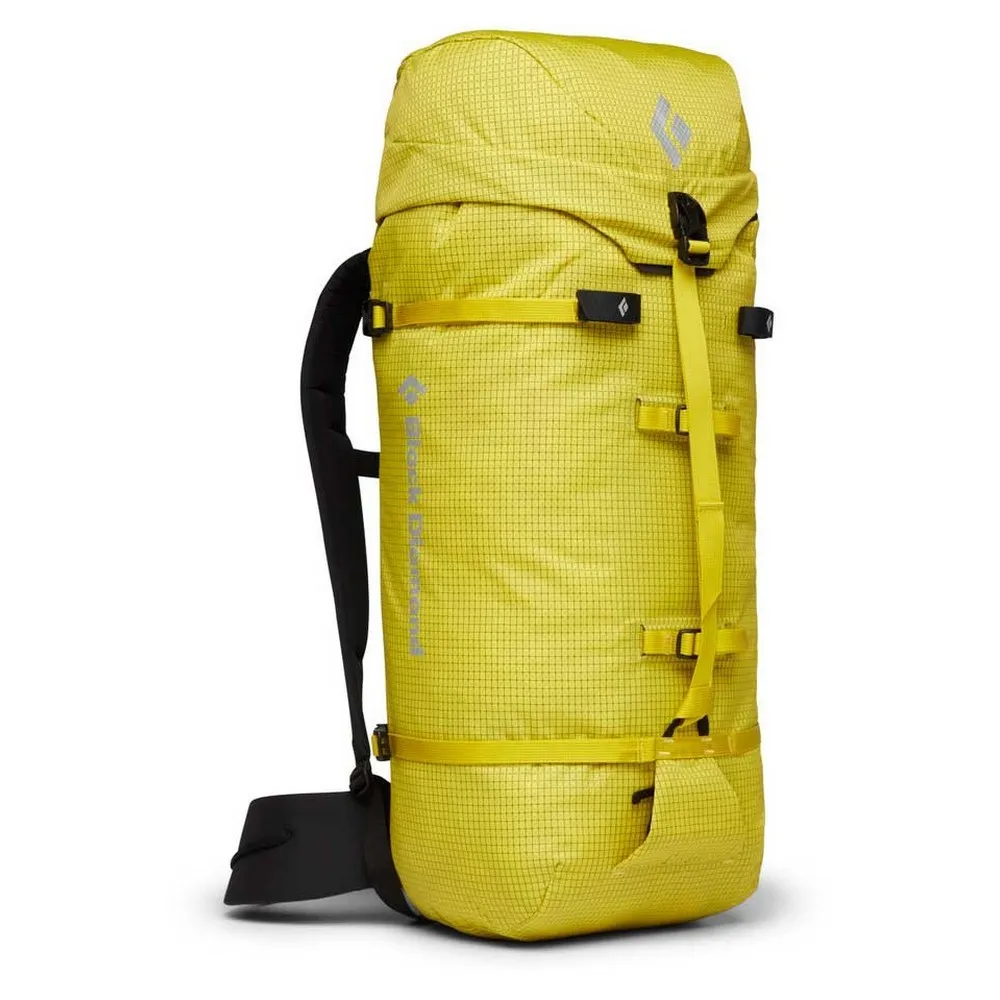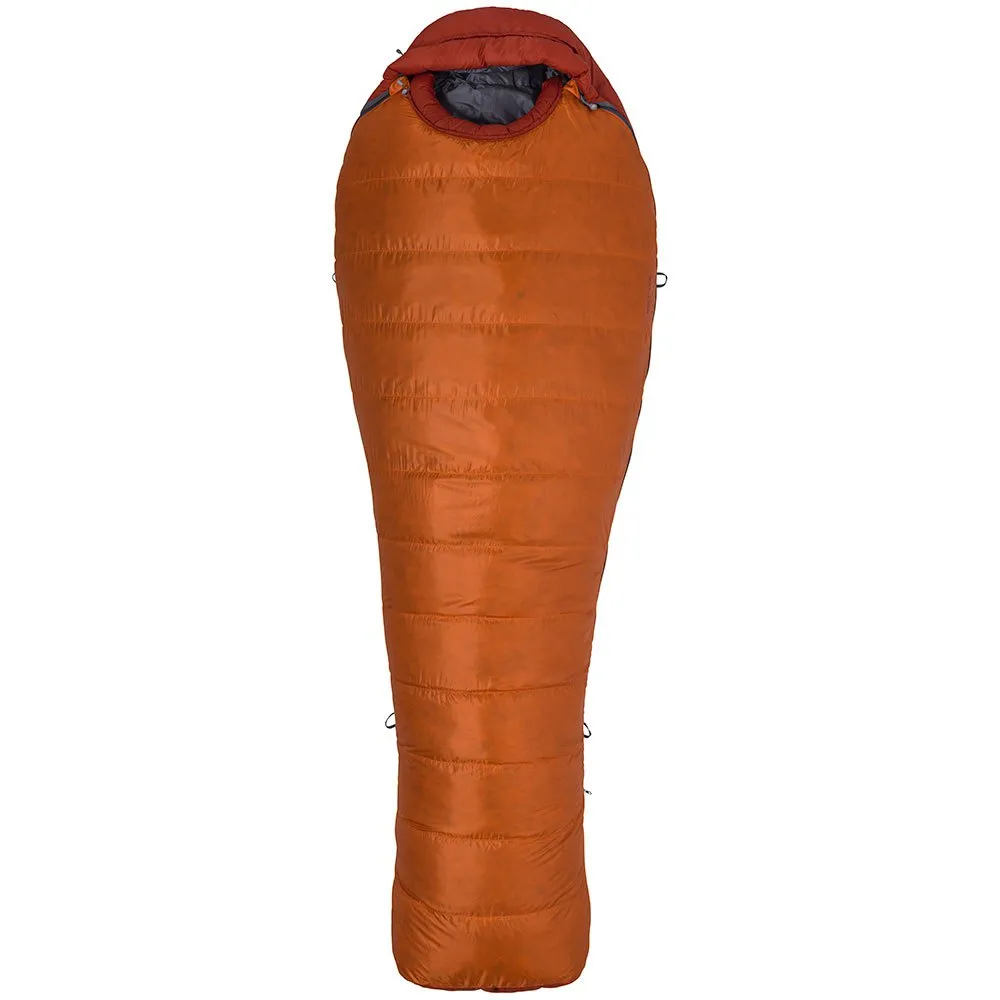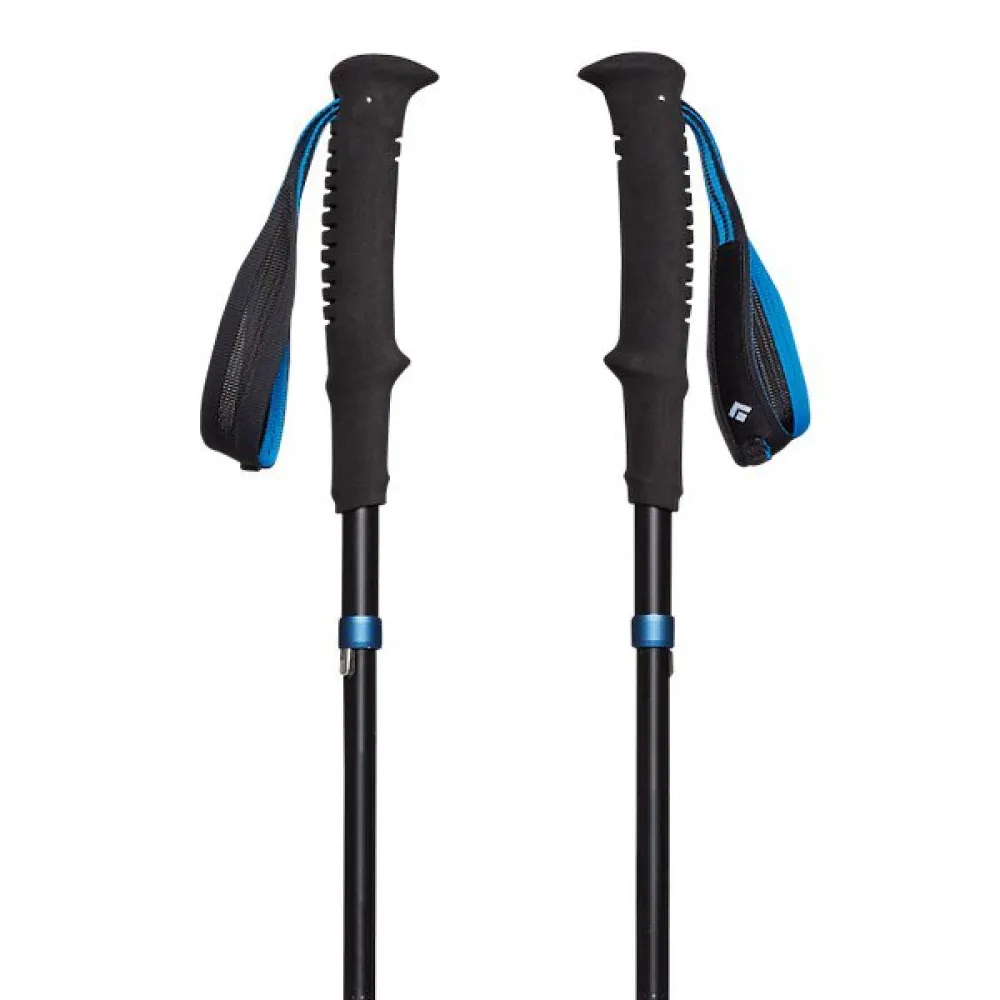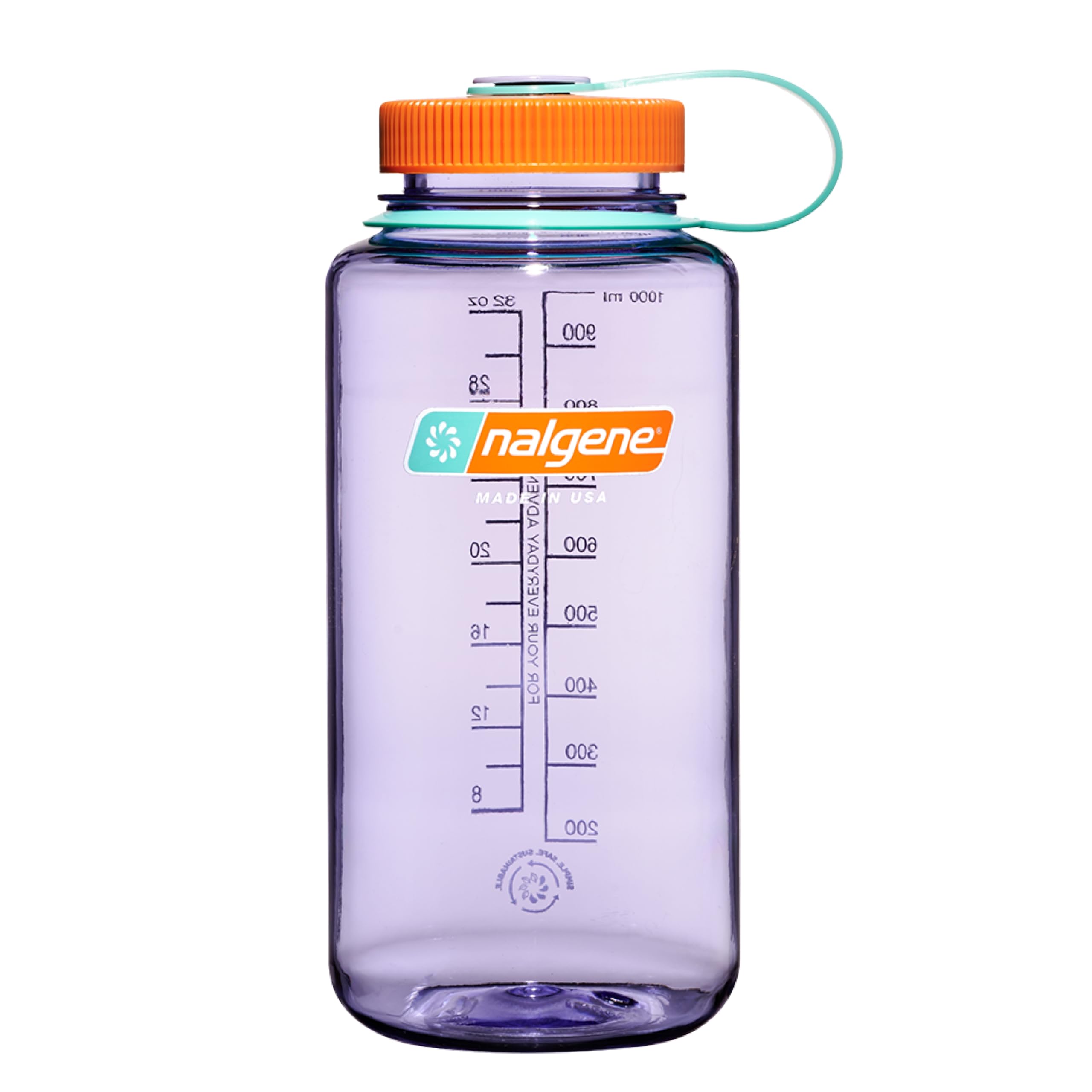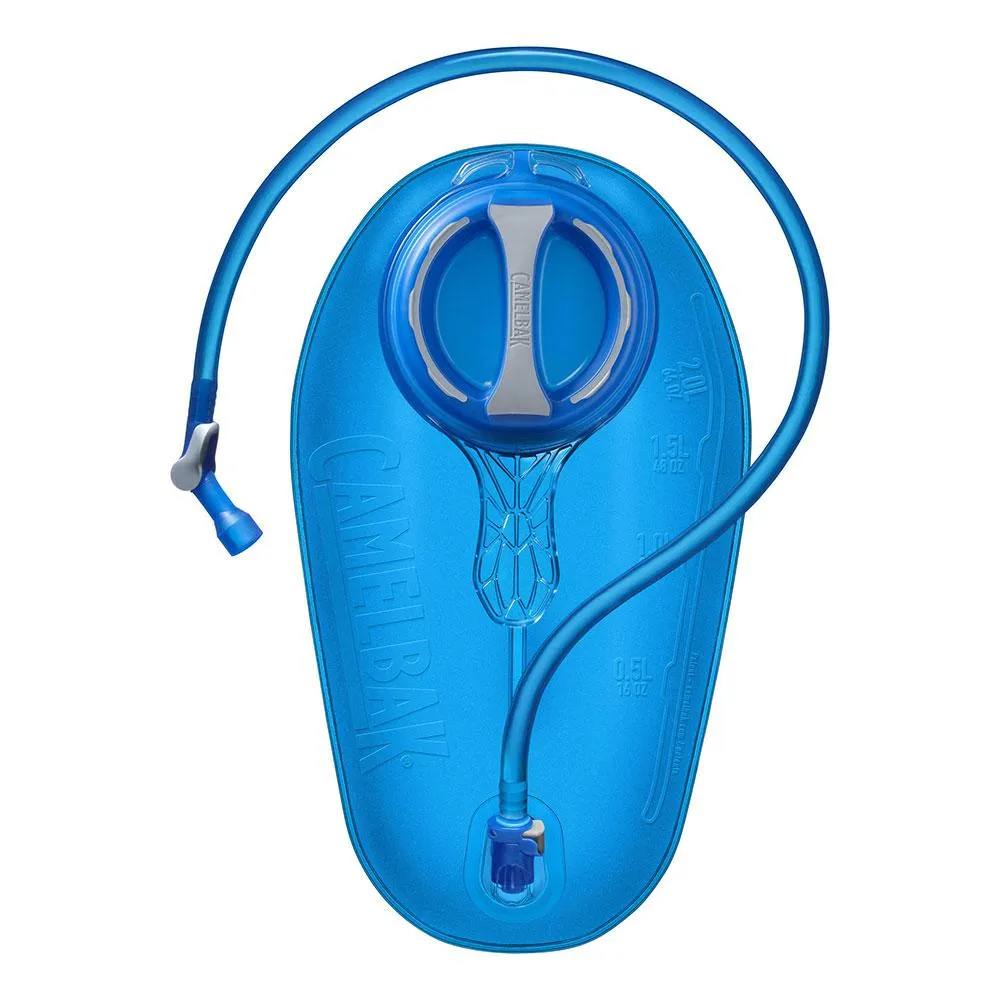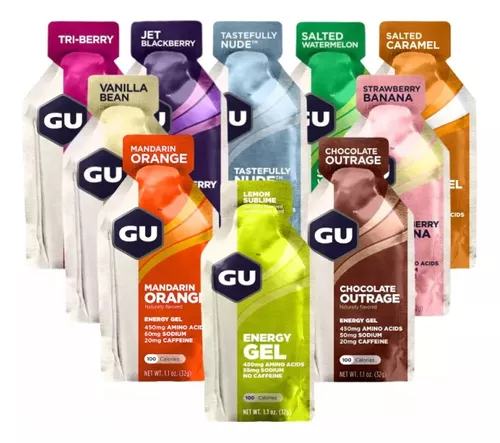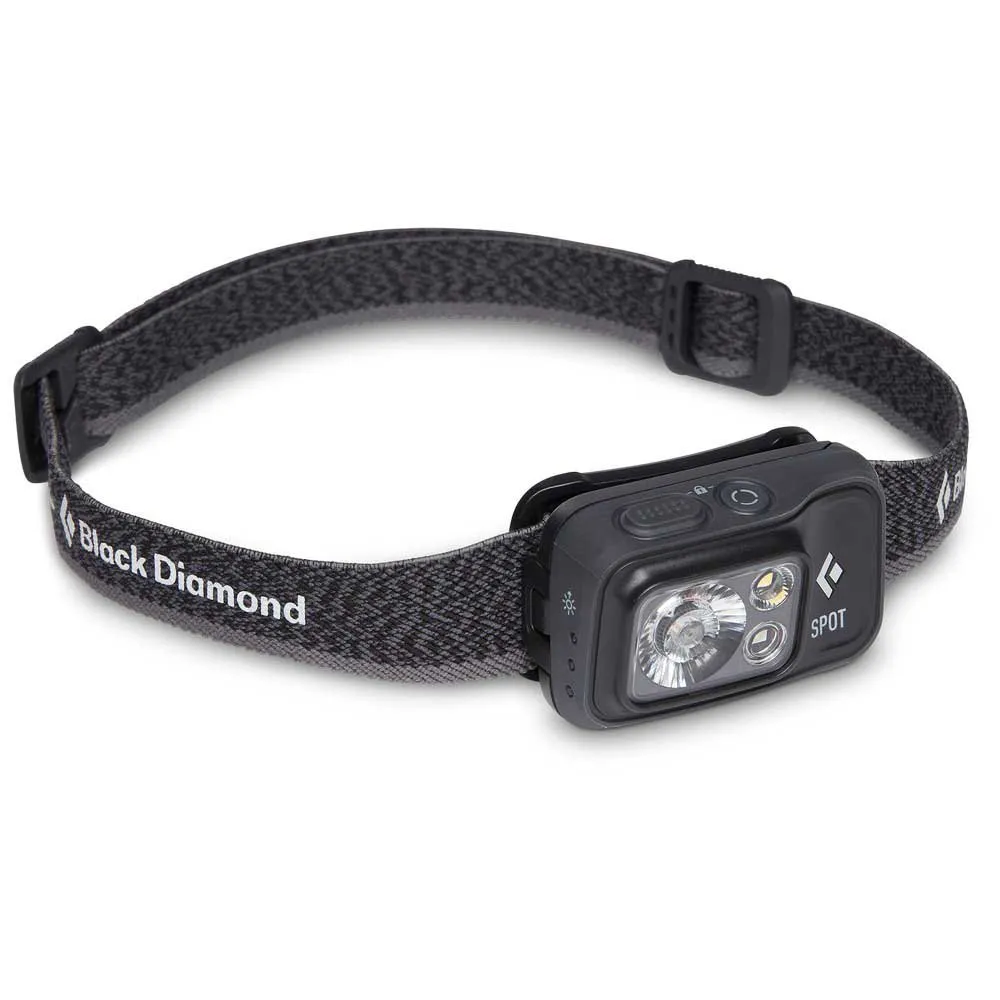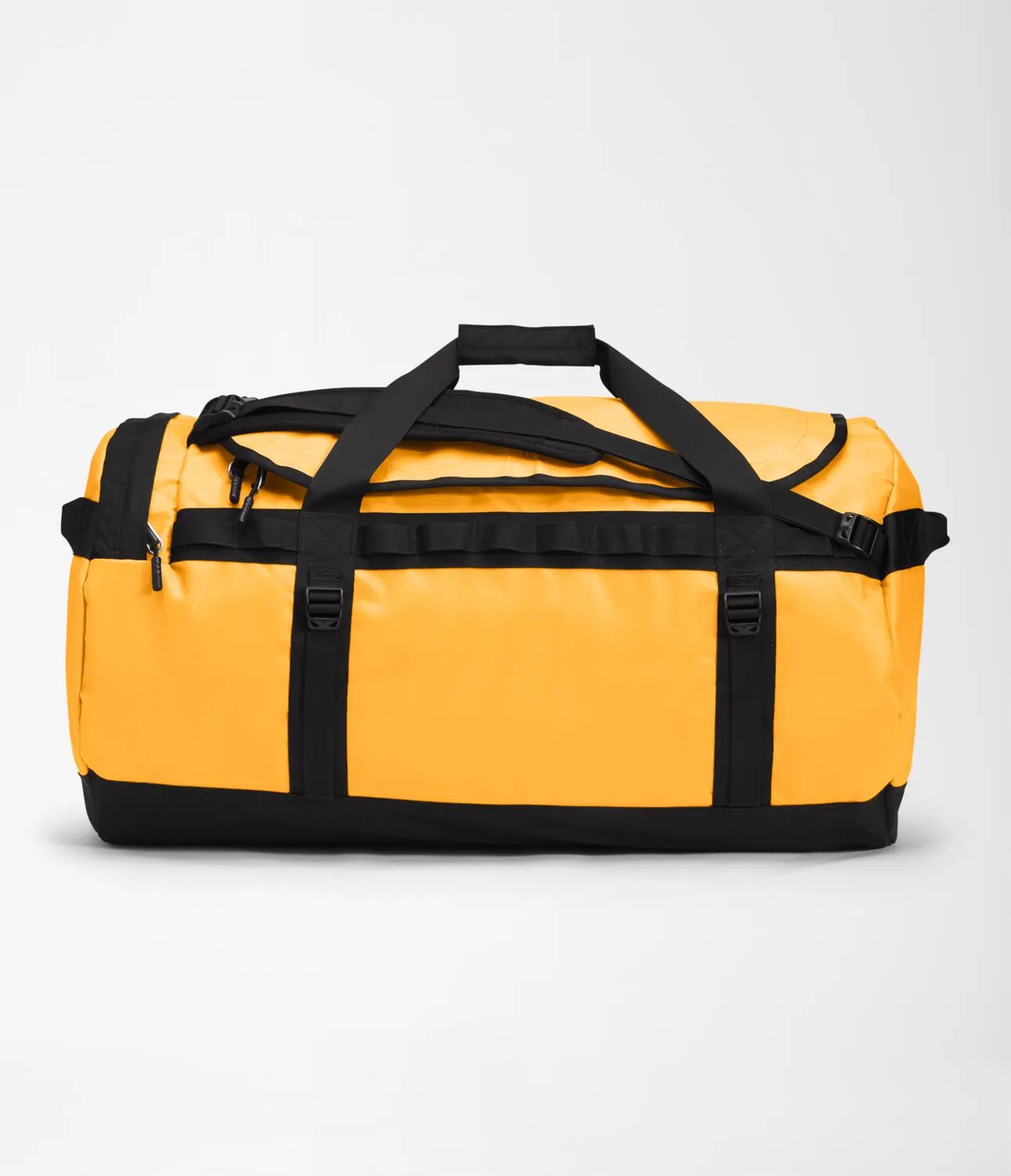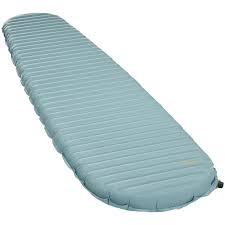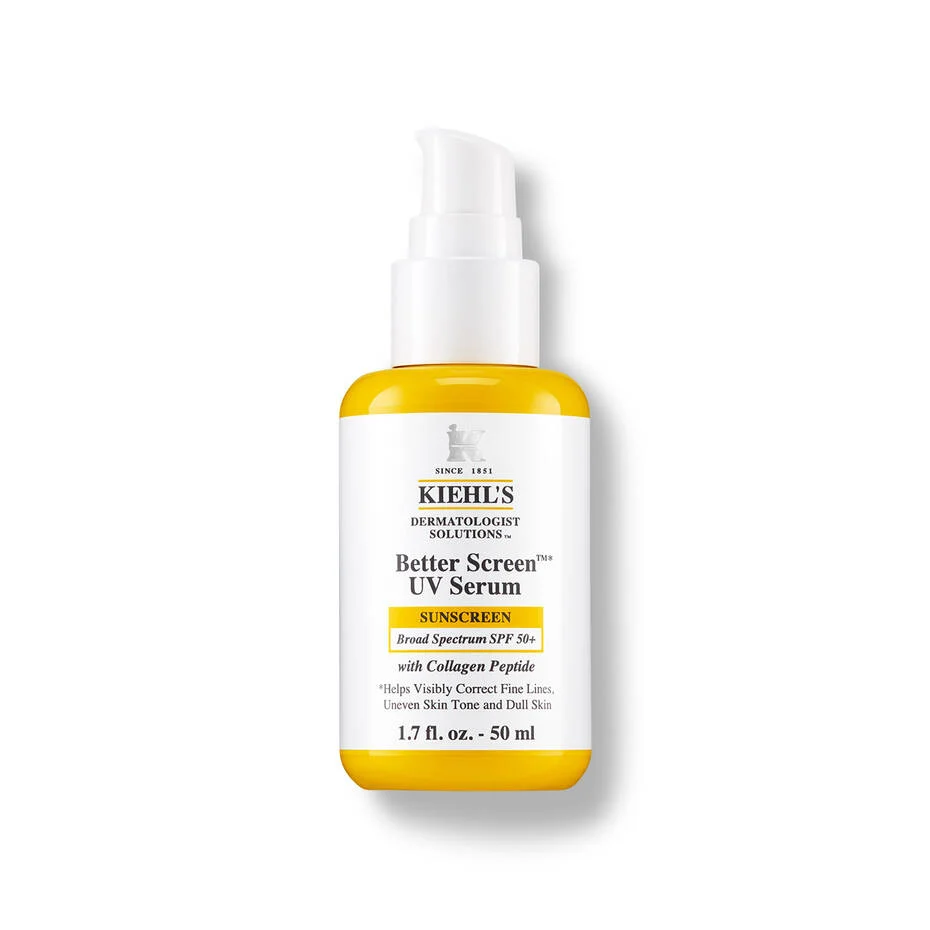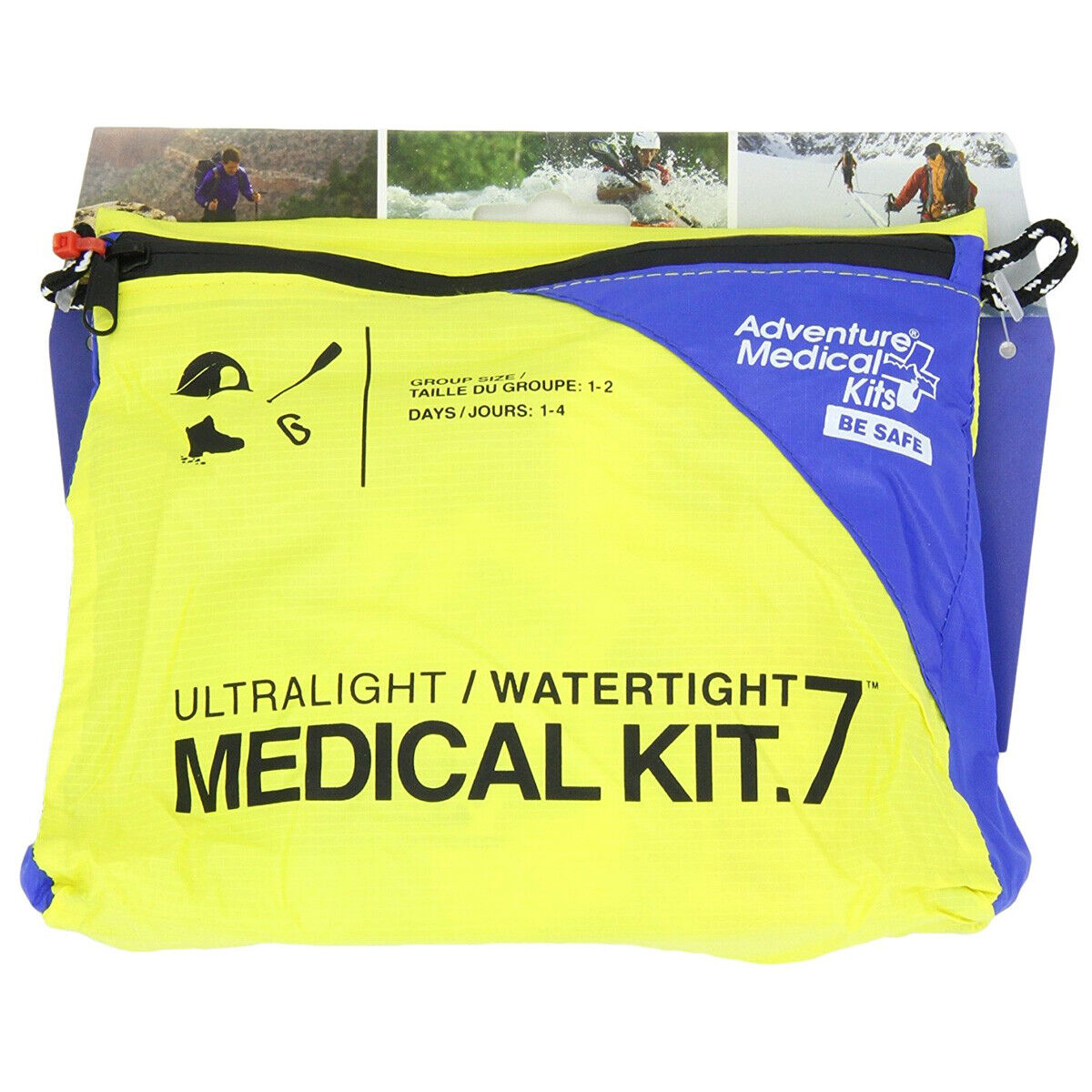Kilimanjaro 2025
This time we’re heading to Kilimanjaro, the highest mountain in Africa and one of the Seven Summits. It is located in northeastern Tanzania near the border with Kenya and stands at 5,891 meters (19,327 feet).
Dare to gift yourself this wonderful experience, discovering a completely different culture and witnessing breathtaking landscapes as we ascend to the highest point on this continent.
It is a non-technical mountain, accessible to anyone who exercises regularly; however, it is highly recommended to have previously climbed a summit higher than 4,500 meters (14,763 feet).
You also have the option to extend your trip and explore the amazing national parks on a three-day safari.
Without a doubt, it will be an epic journey that will stay in your memory for a lifetime.
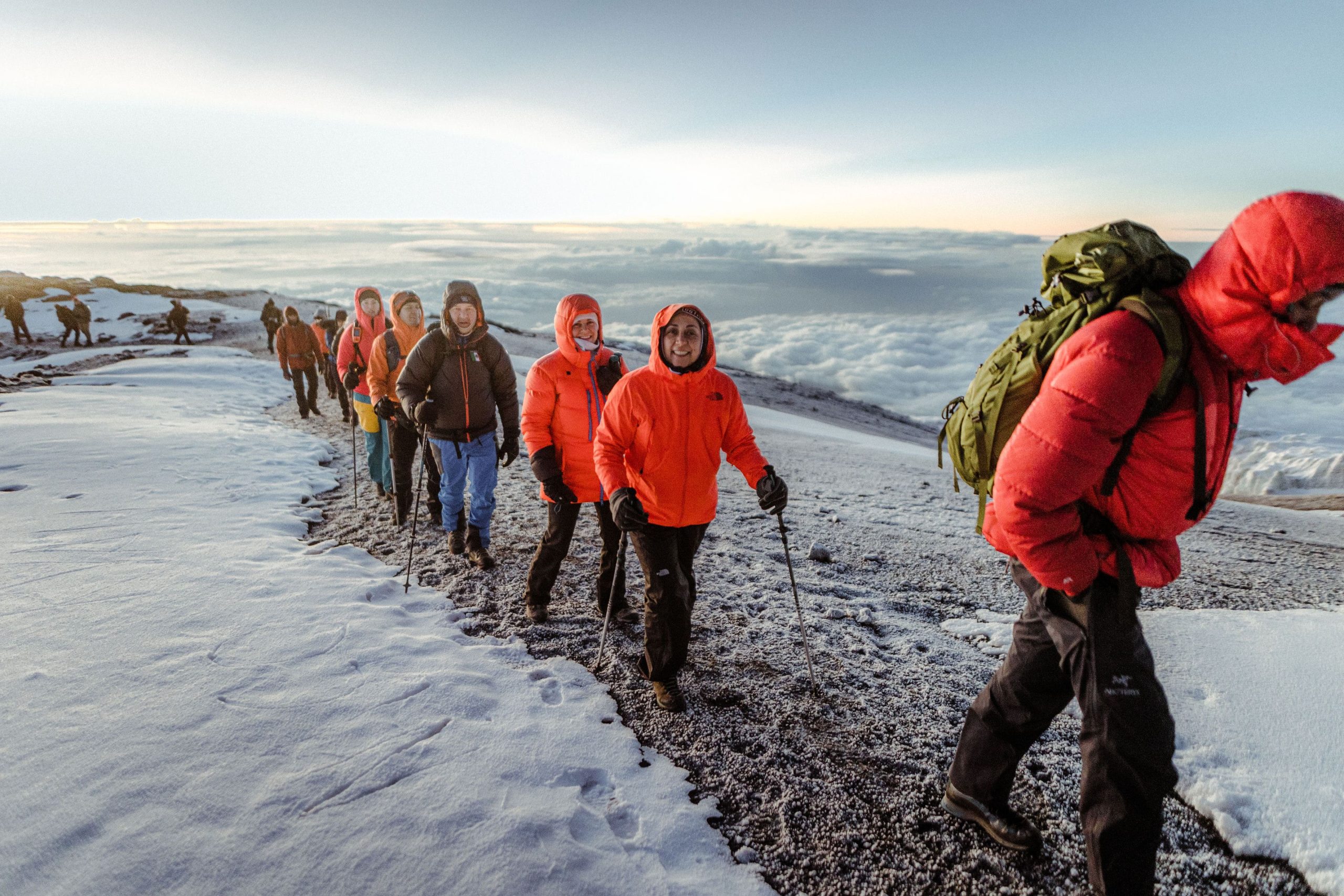
TYPE: Ascenso a cumbre de la montaña más alta de África
LOCATION: Tanzania
DURATION: 9 días
DATE: October 7 to 15, 2025
PHYSICAL DIFFICULTY: Moderate
TECHNICAL DIFFICULTY: Princiante/intermedio
COST PER PERSON: 3600 USD
Included
- National Park Permits
- All meals on the mountain
- Guides and porters
- Spanish-speaking guide (for groups of more than 9 people)
- Transfer to the mountain and airport-hotel-airport
- 2 nights in a 3-star hotel (1 before and 1 after the mountain) in double occupancy
- Portable toilet
- Summit certificate
Not Included
- Vuelo internacional a Tanzania y visas
- Extra hotel nights not included in the itinerary.
- Personal climbing gear
- Single-room supplement in hotels
- Medical and evacuation insurance (mandatory)
- Tips for guides, porters, and staff (estimated at $300 per person)
- Alcoholic beverages, meals, and dinners in Arusha
- Additional expenses or rescue costs due to premature expedition withdrawal
- Expenses that may arise due to delays or events beyond our responsibility (flight delays, blocked roads, canceled flights)
RESERVATION
The reservation is made with $900. Send an email to [email protected] and you will receive the registration confirmation.
The payment is made via bank transfer (the exchange rate is calculated based on the Banamex dollar rate on the day of the sale).
- 50% is due 4 months before the trip.
- The remaining 50% is paid in cash upon arrival in Tanzania.
DATOS BANCARIOS
BANAMEX CLABE
0021 8070 0806 3487 99
Cristel Vanessa Estol Garay
Equipment list:
Additional equipment required:
FAQ
Kilimanjaro is a relatively easy mountain, and pretty much anyone with good physical condition can take it on.
It’s recommended to start training at least 4 months before the expedition, doing cardio 4 to 5 times a week — climbing stairs or using a treadmill at a very slow pace with maximum incline.
Nosotros te podemos asesorar y dar consejos de la mejor manera de entrenar para disfrutar más de la expedición.
Kilimanjaro is not a technical mountain. The hikes range between 8 and 12 kilometers, except for summit day, which is a long one — around 16 kilometers.
The biggest challenge on this mountain is the altitude, but with proper acclimatization, walking slowly, and following all the guides’ advice, it shouldn’t be a problem.
You need to book a flight to Kilimanjaro Airport, in Arusha.
Airlines like KLM usually fly there with a layover in Amsterdam.
Kilimanjaro is the highest mountain in Africa and one of the famous Seven Summits.
Unlike the Everest trek, on this expedition you sleep in tents, sharing with another person.
The tents are designed for four people, but only two sleep in each one, so there’s plenty of space to be comfortable and keep your bags inside.
You’ll also get a mattress included, though it’s not very thick — bringing your own inflatable sleeping pad is a good idea to make it even more comfortable.
This depends a lot on the group, but generally, the days are about 5 to 7 hours of hiking, with breaks to rest and have lunch along the way.
We carefully choose all our guides. Expeditions with fewer than 10 people are led by our local staff, while those with more than 10 also include a Spanish-speaking team leader, like Vanessa Estol or someone similar, who travels from our home countries.
No. On this mountain, there are a few days where you might get signal if you have a local SIM card, but most of the time you’ll be completely disconnected.
If you need to stay in touch, we recommend bringing a device like the Garmin InReach.
There’s also no way to charge phones or electronic devices, so you should bring a power bank (backup battery) to keep your gear charged.
On this expedition, we bring a chef who prepares different and varied meals every day.
The dishes are rich in carbohydrates to give you energy for the hike, and include some protein like meat or chicken. If you’re vegan or vegetarian, just let us know and we’ll create a special menu for you.
We also recommend bringing your own snacks to complement the meals — especially for summit day.
Kili is a mountain where you’ll go through all kinds of weather.
You need to be prepared with a good rain jacket, because it’s not uncommon to get some rain on the way up.
As we gain altitude, the weather gets colder, with temperatures dropping below freezing. We recommend bringing a good sleeping bag (comfort rated to -10°C) so you can sleep comfortably at high camps.
Walking slowly, staying well hydrated, eating properly, and getting good rest are key to proper acclimatization.
Yes, Tanzania requires a visa. You can — and should — apply for it online. It costs $50.
Many nationalities can also get it at the airport, but we recommend having it ready in advance to avoid long lines and delays upon arrival.
You should check if Tanzania requires the yellow fever vaccine for travelers from your country. Some nationalities need it, others don’t.
If you visit a travel clinic before your trip, they’ll let you know if you need it and recommend any other useful vaccines.
It’s also important to bring strong insect repellent (not the commercial kind), and you can take preventive malaria medication if you’re planning to visit a warm area for a safari.
There are no refunds for cancellations or for being unable to reach the objectives due to weather or reasons beyond our control.
If you need to cancel, you can transfer your spot to someone with the necessary physical level to complete the expedition.
Yes, rescue and evacuation insurance is mandatory. We recommend Global Rescue. Make sure to add the high-altitude coverage add-on.
Yes. The hotels we work with have storage rooms where you can leave anything you won’t need during the expedition.
This expedition includes porters in the cost.
Each morning, you’ll give your gear to the porter in a duffle bag, and you’ll only carry a small daypack with snacks, some layers, and water. The weight you carry shouldn’t exceed 3 or 4 kilos.
No, there are no showers on Kilimanjaro, so you’ll need to bring a few packs of wet wipes to stay fresh.
We’ll help you with all the logistics, but it’s important to know that any extra costs for transportation, guides, etc., due to leaving the expedition early are the responsibility of the client. If it’s due to illness, your insurance should generally cover it.
We recommend bringing antibiotics for possible stomach or throat infections, cold medicine, something for diarrhea, ibuprofen, something for blisters like tape or special patches, and the usual altitude meds like acetazolamide, injectable dexamethasone with syringe, a pulse oximeter, and nifedipine.
Yes. Many people invite their partner or family to join them after the expedition for the safari.
We sell them as two completely separate trips, so you can do just Kilimanjaro or just the safari — that’s why the itinerary prices are listed separately in the PDF.
Included
- National Park Permits
- All meals on the mountain
- Guides and porters
- Spanish-speaking guide (for groups of more than 9 people)
- Transfer to the mountain and airport-hotel-airport
- 2 nights in a 3-star hotel (1 before and 1 after the mountain) in double occupancy
- Portable toilet
- Summit certificate
Not Included
- Vuelo internacional a Tanzania y visas
- Extra hotel nights not included in the itinerary.
- Personal climbing gear
- Single-room supplement in hotels
- Medical and evacuation insurance (mandatory)
- Tips for guides, porters, and staff (estimated at $300 per person)
- Alcoholic beverages, meals, and dinners in Arusha
- Additional expenses or rescue costs due to premature expedition withdrawal
- Expenses that may arise due to delays or events beyond our responsibility (flight delays, blocked roads, canceled flights)
RESERVATION
The reservation is made with $900. Send an email to [email protected] and you will receive the registration confirmation.
The payment is made via bank transfer (the exchange rate is calculated based on the Banamex dollar rate on the day of the sale).
- 50% is due 4 months before the trip.
- The remaining 50% is paid in cash upon arrival in Tanzania.
DATOS BANCARIOS
BANAMEX CLABE
0021 8070 0806 3487 99
Cristel Vanessa Estol Garay
Equipment list:
Additional equipment required:
FAQ
Kilimanjaro is a relatively easy mountain, and pretty much anyone with good physical condition can take it on.
It’s recommended to start training at least 4 months before the expedition, doing cardio 4 to 5 times a week — climbing stairs or using a treadmill at a very slow pace with maximum incline.
Nosotros te podemos asesorar y dar consejos de la mejor manera de entrenar para disfrutar más de la expedición.
Kilimanjaro is not a technical mountain. The hikes range between 8 and 12 kilometers, except for summit day, which is a long one — around 16 kilometers.
The biggest challenge on this mountain is the altitude, but with proper acclimatization, walking slowly, and following all the guides’ advice, it shouldn’t be a problem.
You need to book a flight to Kilimanjaro Airport, in Arusha.
Airlines like KLM usually fly there with a layover in Amsterdam.
Kilimanjaro is the highest mountain in Africa and one of the famous Seven Summits.
Unlike the Everest trek, on this expedition you sleep in tents, sharing with another person.
The tents are designed for four people, but only two sleep in each one, so there’s plenty of space to be comfortable and keep your bags inside.
You’ll also get a mattress included, though it’s not very thick — bringing your own inflatable sleeping pad is a good idea to make it even more comfortable.
This depends a lot on the group, but generally, the days are about 5 to 7 hours of hiking, with breaks to rest and have lunch along the way.
We carefully choose all our guides. Expeditions with fewer than 10 people are led by our local staff, while those with more than 10 also include a Spanish-speaking team leader, like Vanessa Estol or someone similar, who travels from our home countries.
No. On this mountain, there are a few days where you might get signal if you have a local SIM card, but most of the time you’ll be completely disconnected.
If you need to stay in touch, we recommend bringing a device like the Garmin InReach.
There’s also no way to charge phones or electronic devices, so you should bring a power bank (backup battery) to keep your gear charged.
On this expedition, we bring a chef who prepares different and varied meals every day.
The dishes are rich in carbohydrates to give you energy for the hike, and include some protein like meat or chicken. If you’re vegan or vegetarian, just let us know and we’ll create a special menu for you.
We also recommend bringing your own snacks to complement the meals — especially for summit day.
Kili is a mountain where you’ll go through all kinds of weather.
You need to be prepared with a good rain jacket, because it’s not uncommon to get some rain on the way up.
As we gain altitude, the weather gets colder, with temperatures dropping below freezing. We recommend bringing a good sleeping bag (comfort rated to -10°C) so you can sleep comfortably at high camps.
Walking slowly, staying well hydrated, eating properly, and getting good rest are key to proper acclimatization.
Yes, Tanzania requires a visa. You can — and should — apply for it online. It costs $50.
Many nationalities can also get it at the airport, but we recommend having it ready in advance to avoid long lines and delays upon arrival.
You should check if Tanzania requires the yellow fever vaccine for travelers from your country. Some nationalities need it, others don’t.
If you visit a travel clinic before your trip, they’ll let you know if you need it and recommend any other useful vaccines.
It’s also important to bring strong insect repellent (not the commercial kind), and you can take preventive malaria medication if you’re planning to visit a warm area for a safari.
There are no refunds for cancellations or for being unable to reach the objectives due to weather or reasons beyond our control.
If you need to cancel, you can transfer your spot to someone with the necessary physical level to complete the expedition.
Yes, rescue and evacuation insurance is mandatory. We recommend Global Rescue. Make sure to add the high-altitude coverage add-on.
Yes. The hotels we work with have storage rooms where you can leave anything you won’t need during the expedition.
This expedition includes porters in the cost.
Each morning, you’ll give your gear to the porter in a duffle bag, and you’ll only carry a small daypack with snacks, some layers, and water. The weight you carry shouldn’t exceed 3 or 4 kilos.
No, there are no showers on Kilimanjaro, so you’ll need to bring a few packs of wet wipes to stay fresh.
We’ll help you with all the logistics, but it’s important to know that any extra costs for transportation, guides, etc., due to leaving the expedition early are the responsibility of the client. If it’s due to illness, your insurance should generally cover it.
We recommend bringing antibiotics for possible stomach or throat infections, cold medicine, something for diarrhea, ibuprofen, something for blisters like tape or special patches, and the usual altitude meds like acetazolamide, injectable dexamethasone with syringe, a pulse oximeter, and nifedipine.
Yes. Many people invite their partner or family to join them after the expedition for the safari.
We sell them as two completely separate trips, so you can do just Kilimanjaro or just the safari — that’s why the itinerary prices are listed separately in the PDF.
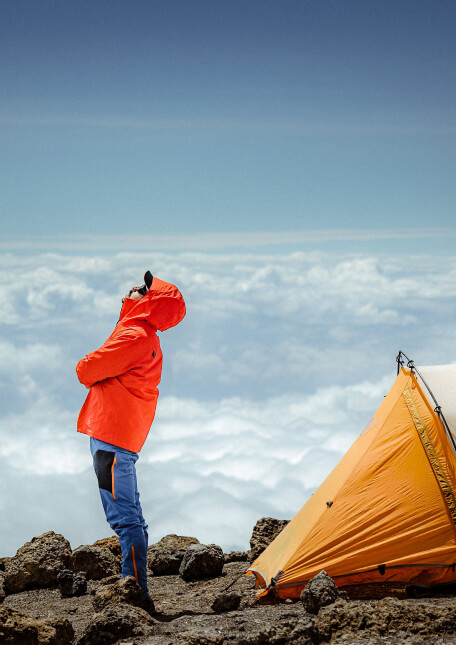
Itinerary
Day 1 - October 7
Welcome to Tanzania
Our driver will pick you up at the airport and take you to Arusha, where you will spend the night and prepare your gear to begin the adventure. We recommend arriving on a morning flight or the night before, as this day we will assist you with a gear check. If you are missing anything, there are rental shops available.
Day 2 - October 8
Machame camp (2835 mts)
Our guides will arrive early in the morning, and we will begin the journey to Machame, starting the ascent.
This day, you will walk through a beautiful forest for about 7 hours, gaining approximately 1,200 meters in elevation over an 11 km route until reaching Machame Camp, our first campsite.
Day 3 - October 9
Shira Cave camp a Barranco Camp (3900 mts)
You will walk for approximately 5 hours, leaving the tropical rainforest on an ascending trail until reaching a steep rocky slope. The route changes direction to the west, following a river gorge toward Shira Camp. You will gain about 800 meters in elevation over a distance of 6 kilometers.
Day 4 - October 10
Shira Cave camp a Barranco Camp (3900 mts)
You will walk east along a ridge that passes by the “Shark’s Tooth” lava tower, then reach the Arrow Glacier, and continue onward to Barranco Camp. This leg of the journey will take about 6 hours, gaining around 800 meters in elevation over a distance of 11 kilometers..
Day 5 - October 11
Barranco Camp a Karanga Camp (3995 mts)
You will walk between 4 and 5 hours, enjoying unique vegetation as you cross the moorlands through the alpine desert. Upon reaching the Barranco Wall, you will climb a bit on a rocky wall, but it is not a technical climb. This day there will be minimal elevation gain (75 meters) over a distance of 5 kilometers.
Day 6 - October 12
Karanga a Barafu Hut (4673 mts)
This day you will walk for 4 to 5 hours, gaining an elevation of 600 meters over a distance of 6 kilometers. The goal is to arrive early at the final camp since the summit attempt will take place in the early morning of the following day.
Day 7 - October 13
Karanga a Barafu Hut (4673 mts)
This day you will walk for 4 to 5 hours, gaining an elevation of 600 meters over a distance of 6 kilometers. The aim is to reach the final camp early, as the summit attempt will take place in the early morning of the following day.
8 Day - October 14
Mweka Camp a Mweka Gate
You will descend through a tropical forest to where our transportation will be waiting to take you back to the hotel.
Day 9 - October 15
Return to Mexico or country of origin
Contact Us
We look forward to sharing a unique experience with you!
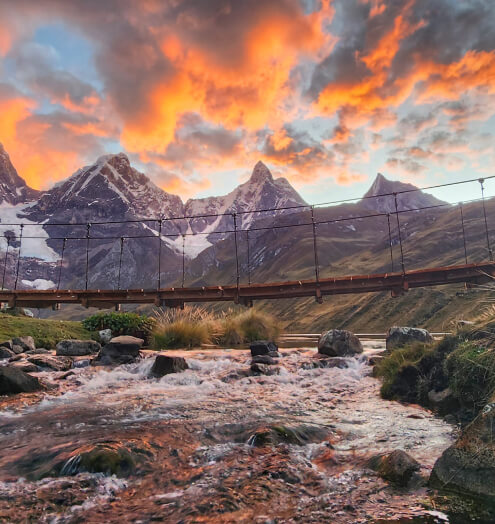
Contáctanos
¡Te esperamos para vivir juntos una experiencia única!

